Bosnia and Herzegovina is an ethnically diverse nation boasting stunning nature and delicious cuisine. Despite the unlimited beauty seen throughout the country, its harrowing past remains ever-present. The memory of the tragic Bosnian War lives on in old buildings, architectural remains, museums, and through the Bosnian people.
Architectural Remains
Upon arriving in Sarajevo, I marveled at the Old Town’s charm, filled with crowded streets, endless cafés, and historical architecture. It seemed like every second building was scarred by bullet holes drilled into the facades, left over from Serbian snipers. As my gaze consistently drifted upwards, I almost missed the memorials that were directly below my feet.
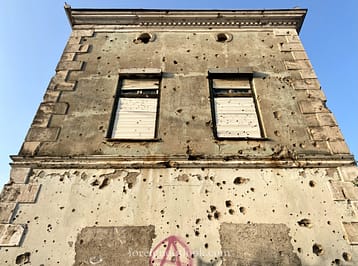
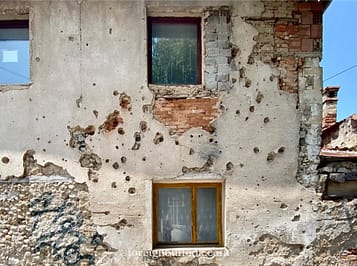
Peculiar red markings laid out on the street, known by the locals as “Sarajevo Roses”. Following the Bosnian War, authorities poured red resin over the disfigured concrete destroyed by exploding mortar shells. The memorials owe their name to the distinct floral pattern created by this destruction. Throughout the capital, 200 roses mark the sites where three or more citizens were killed during the Siege of Sarajevo.
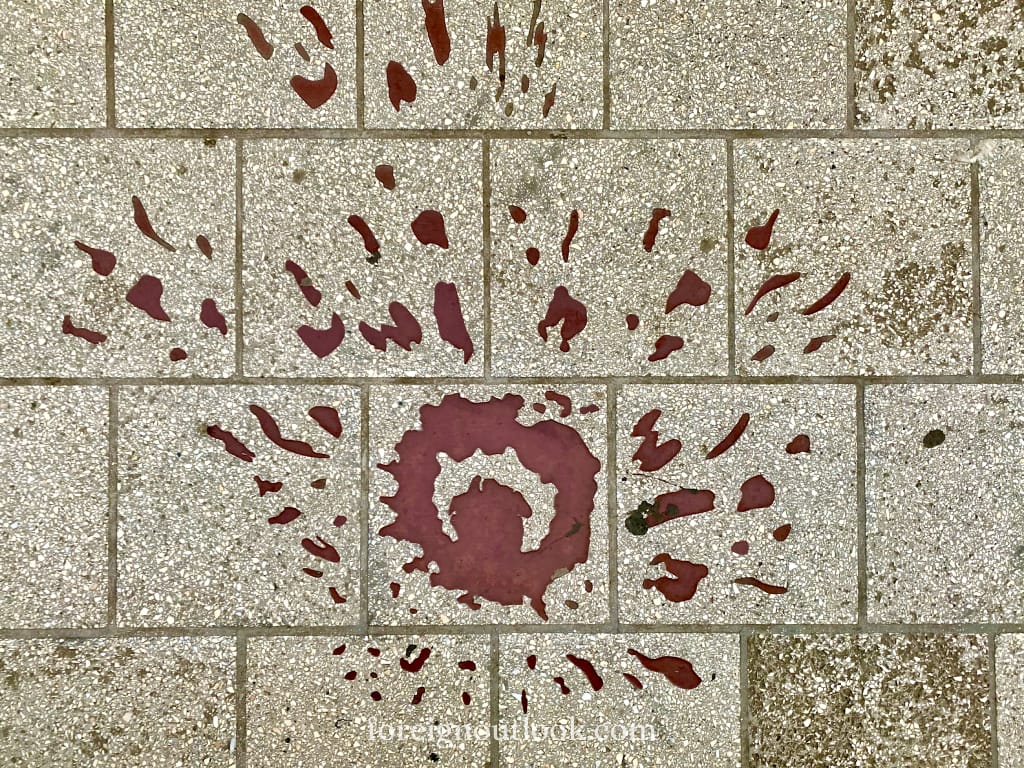
Bosnian War Museums
Scattered throughout the city, museums detailing the horrors of the war offer an inside perspective on what the Bosnian people have endured. Gallery 11/07/95, a particular favorite of mine, displays devastating photos of Srebrenica, a city in the east, close to the Serbian border. It tells the story of the Srebrenica Genocide, the single largest European mass murder since WWII.
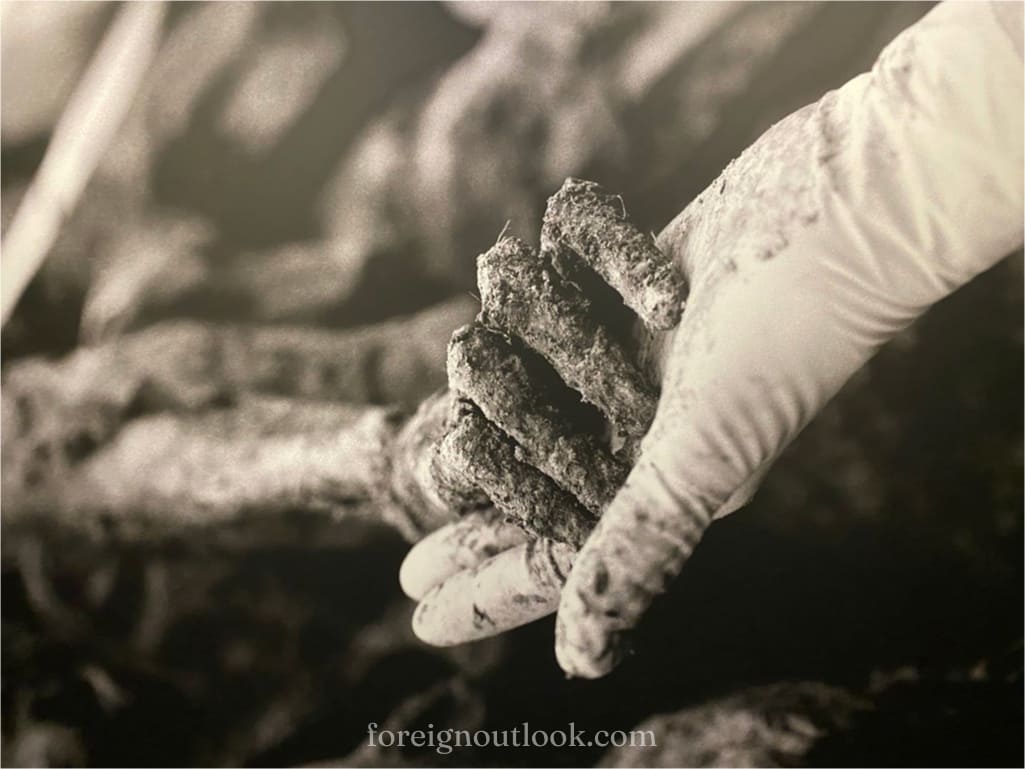
Images show women mourning their lost sons and husbands, dismembered corpses found in mass graves, and crowds of people reburying their family members after the war. In the UN-declared “peace area”, over 8000 Bosniaks died while UN troops failed to provide sufficient shelter and protection. This museum along with others paints a grim picture of the horrendous atrocities committed throughout those three years.
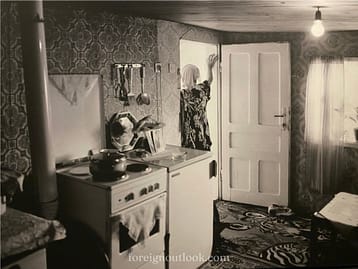
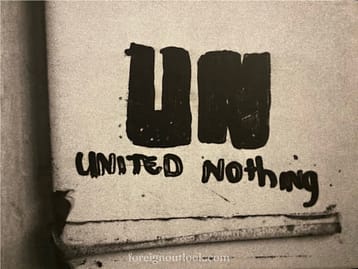
Sniper Stations of the Bosnian War
Heading up the mountains surrounding Sarajevo, we came across the skeleton of the old Olympic bobsled track from ’84. Cracked and collapsed, fragments remain where snipers were based. Due to its strategic position, the bowl-shaped landscape of the capital enabled Serbs to shoot upon civilians in the center from above. The tracks now covered in graffiti had a presence that was saddening, yet filled with hope for future generations overcoming this trauma.
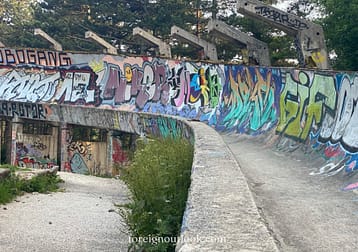
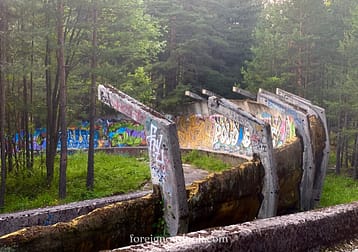
Traveling to Mostar in the south of Bosnia and Herzegovina, we discovered a similar tribute to the gruesome shootings at an abandoned sniper tower near the center. The height of the former bank offered an optimal station for Croat snipers to shoot into the city.
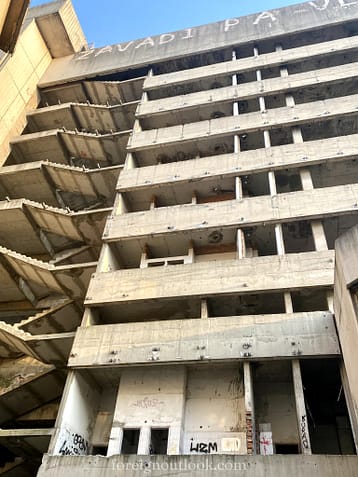
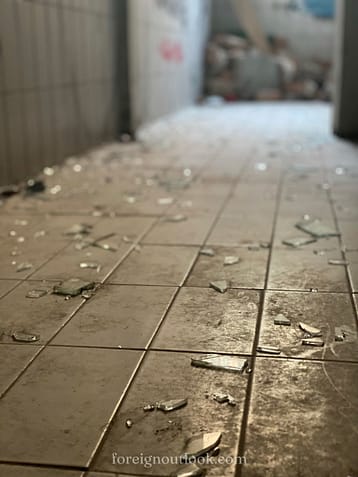
Now abandoned and littered with trash and overgrown ferns, the graffiti-filled walls speak of the pain suffered by locals and their ancestors. After many flights of stairs, we reached the top to take in the views of the surrounding city. Along the edges were notches- prior vantage points for snipers to stabilize their weapons. Currently a sunset hotspot for the younger generations, it was difficult to imagine the not-so-distant past filled with gunfire and anguish.
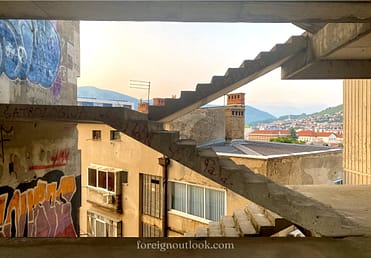
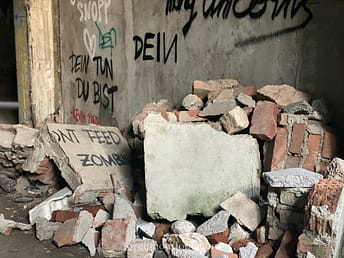
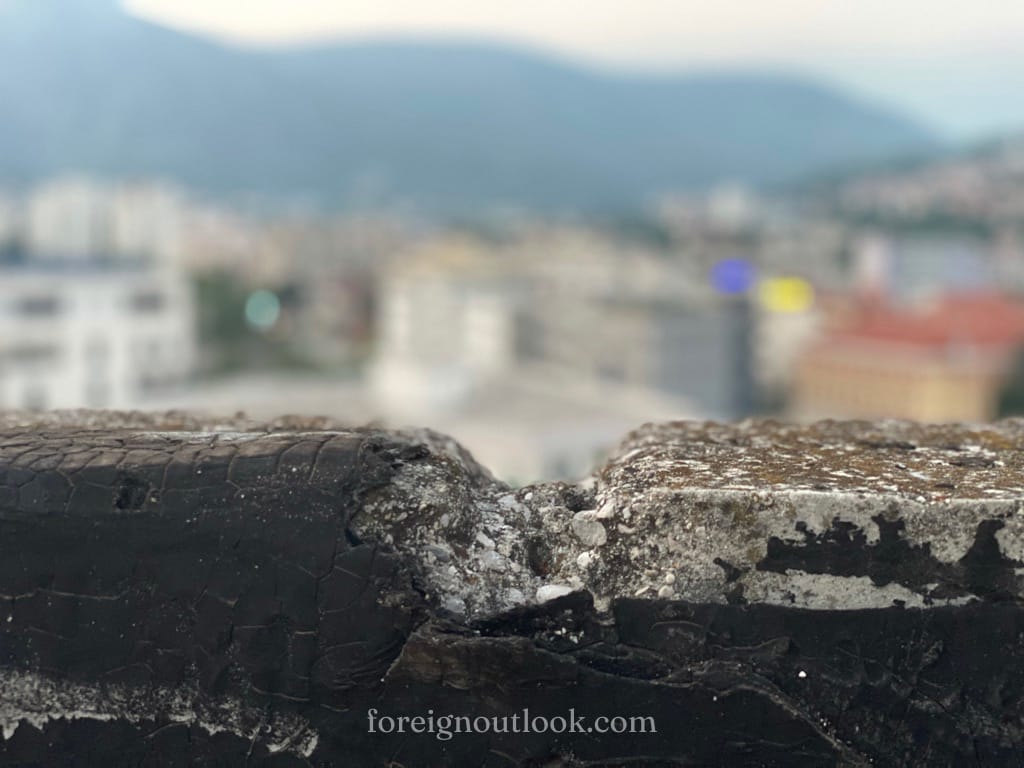
Mostar’s Remembrance
Close by, we reached the famous Old Bridge in the center of Mostar. Following the bombing of the bridge in ’93, it was tediously rebuilt. Today, it stands proudly and majestically over the Neretva River. Towering over the light blue water, this landmark remains a strong symbol of Mostar’s resilience during the Bosnian War.

Scattered around this bridge are smooth stones, marked, “Don’t Forget”. In remembrance of the destruction and carnage of the war, they beg nations to remind themselves of those atrocities so that they may never repeat them.

All around the country, hints and clues lay scattered in plain sight. Although they are progressively being covered up by new facades and reconstructions, the consequences of the war can not only be seen through visible markings, but also within the psychological traumas of the Bosnian people. Looking up and down the streets, I saw tremendous beauty in the country that has endured so much pain and suffering and still fights for a better future.
Sources
“Sarajevo Rose.” Wikipedia, en.wikipedia.org/wiki/Sarajevo_Rose.
“Gallery 11/07/95.” Wikipedia, en.wikipedia.org/wiki/Gallery_11/07/95.
“Srebrenica Massacre.” Wikipedia, en.wikipedia.org/wiki/Srebrenica_massacre.
